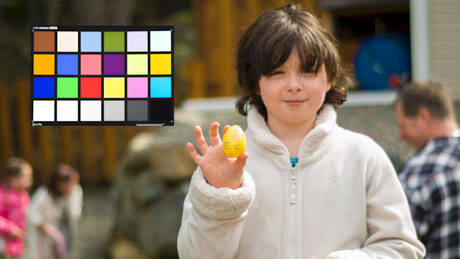projects
Stuff I’ve built that might be useful for others.
Technicolor No. IV LUTs
Cyan, Magenta and Yellow.


LUT simulations of Technicolor's subtractive 3-colour process, Technicolor No. IV and No. III from 1932 to 1953 in two variations, gold and silver, as seen in films like The Wizard of OZ or Singing in the Rain.
Continuing on with Technicolor's advancement of adding the ability to record and project in 3 colours, as described in my Technicolor IV and Technicolor IV silver articles, I present two digital simulations with improved sampling and crafting.
Technicolor No. IV dominated the colour film market during it's run, but it was not without cost. A huge camera was required to run three strips of film. It was noisy and required an even bigger housing to dampen the sound. And it tripled the cost of film and processing for film neg.
The cameras were updated late into the Technicolor No. IV with a multilayer, dichroic, color-selective beamsplitter; replacing the older gold sputtered beamsplitter. The two LUTs in this pack reflect the two versions. Gold adds in the effect of the gold side of the prism on blue and red; silver passes through a full spectrum of green and magenta (red and blue) without tinting.
These LUTs, along with Technicolor II and III LUTs, can be thought of as colour transformation processes. They aren't designed with specific cameras in mind, or to transform log-encoded footage. They digitally apply the colour transform process that colour and density would go through in a Technicolor process.
Apply the LUTs using your favourite LUT utility. Comes as a 3D 32-bit LUT, so it works in all LUT situations like Premiere, After Effects, Photoshop, monitors and even iPhone/Android apps.
Download Technicolor 3-colour LUTs
3D LUT - $5
The LUT comes as a zip file and includes the following:

Technicolor No. IV 1932-1953 gold

Technicolor No. IV 1932-1953 silver
